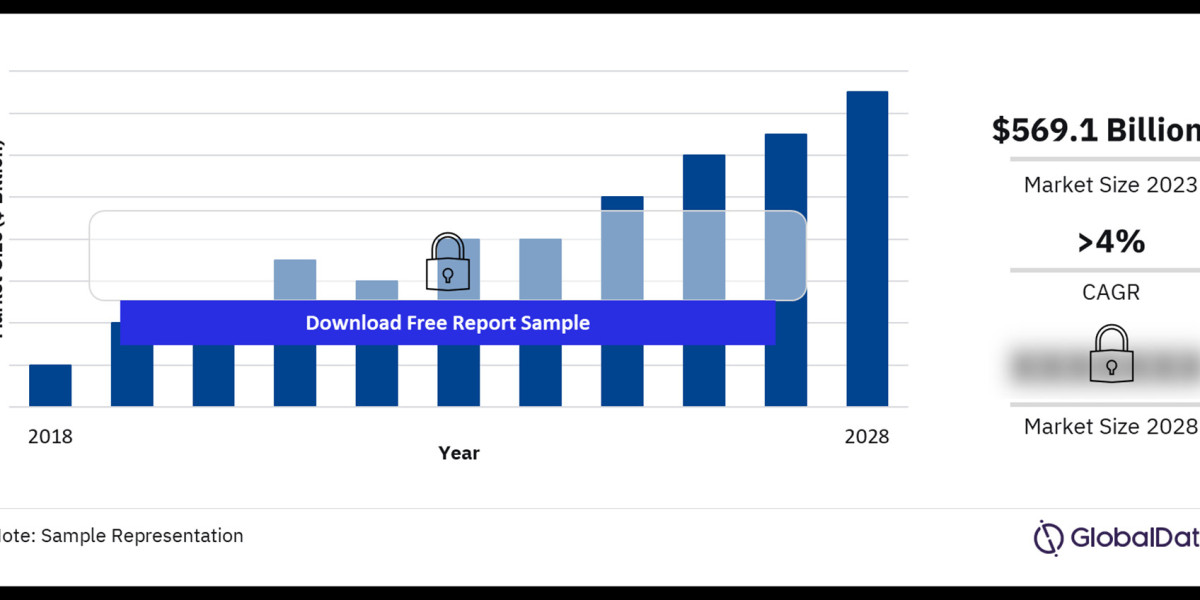This article delves into the key trends, challenges, and opportunities shaping the future of foodservice.
The Shifting Culinary Landscape
Consumer tastes are becoming increasingly sophisticated and diverse. The demand for personalized, healthy, and sustainable food options is on the rise. This has led to the emergence of several key trends:
- Hyper-local and Sustainable Cuisine: Consumers are seeking authentic, locally sourced ingredients and sustainable practices. Restaurants are partnering with local farmers and producers to create unique and environmentally friendly menus.
- Plant-Based and Alternative Proteins: The growing interest in vegetarian and vegan diets is driving innovation in plant-based alternatives to meat and dairy. Foodservice operators are expanding their plant-based offerings to cater to this expanding market.
- Experiential Dining: People are looking for more than just food; they want immersive experiences. Restaurants are creating unique atmospheres, interactive dining concepts, and themed events to engage customers.
- Customization and Personalization: Consumers desire tailored food experiences. Technology is enabling restaurants to offer personalized menus, dietary restrictions, and ingredient preferences.
Technology as a Game-Changer
Technology is revolutionizing every aspect of the foodservice industry. From operations to customer experience, digital innovations are transforming the way businesses operate.
- Artificial Intelligence (AI) and Machine Learning: AI is being used to optimize menus, predict demand, and personalize customer experiences. Machine learning algorithms can analyze vast amounts of data to identify trends and preferences.
- Robotics and Automation: Automation is increasing efficiency and reducing labor costs in food preparation and service. Robotic arms, automated kitchens, and delivery drones are becoming more prevalent.
- Mobile Ordering and Payment: Mobile apps are transforming the ordering and payment process, offering convenience and speed. Contactless payments and digital loyalty programs are enhancing customer engagement.
- Virtual and Augmented Reality: Immersive technologies are creating new dining experiences. Virtual reality can transport customers to exotic locations, while augmented reality can enhance menu presentations and provide interactive information.
Challenges and Opportunities
The foodservice industry faces numerous challenges, but these also present opportunities for innovation and growth.
- Supply Chain Disruptions: Global events and economic fluctuations can disrupt supply chains, leading to ingredient shortages and price increases. Building resilient supply chains and exploring alternative sourcing options are crucial.
- Labor Shortages: The industry is facing a persistent labor shortage. Investing in employee development, offering competitive wages and benefits, and leveraging technology to automate tasks can help address this challenge.
- Economic Uncertainty: Economic downturns can impact consumer spending on foodservice. Offering value-driven menus, promotions, and loyalty programs can help retain customers during challenging times.
- Health and Safety Concerns: Food safety and hygiene are paramount. Implementing stringent sanitation protocols, employee training, and food traceability systems are essential for maintaining consumer trust.
The Future of Foodservice: A Vision
The future of foodservice is bright, characterized by innovation, sustainability, and personalized experiences. As technology continues to advance, we can expect to see even more groundbreaking concepts and business models emerge.
- Hyper-local and Sustainable Food Systems: The industry will focus on building strong relationships with local farmers and producers, reducing food waste, and adopting eco-friendly practices.
- Personalized Nutrition and Wellness: Restaurants will offer tailored menus based on individual dietary needs and preferences, using data analytics to provide personalized recommendations.
- Immersive Dining Experiences: Technology will create immersive and interactive dining environments, blurring the lines between physical and virtual spaces.
- Ghost Kitchens and Delivery Dominance: The rise of ghost kitchens and delivery-only concepts will continue, catering to the growing demand for convenience.
In conclusion, the foodservice industry is undergoing a profound transformation driven by technology, changing consumer preferences, and global challenges. By embracing innovation, focusing on sustainability, and delivering exceptional customer experiences, businesses can thrive in this dynamic landscape.
Buy the Full Report for More Insights on the Foodservice Market Forecast, Download A Free Sample Report



